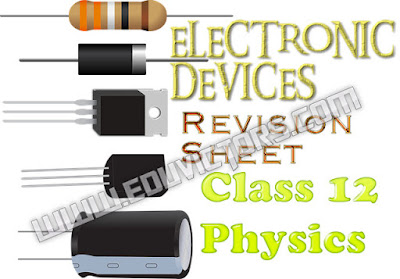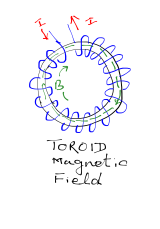Cathode Rays and Its Properties
 |
| Image Credits: Wikipedia, Author: Theresa Knott |
Q1: What are Cathode Rays?
Answer: are streams of electrons observed in vacuum tubes. These rays were discoevered by a German physicist Johann Wilhelm Hittorf, and were named in 1876 by E. Goldstein, or cathode rays. In 1897, British physicist J. J. Thomson experimented and showed that cathode rays were composed of negatively charged particles, called electrons. Cathode rays are also called as electrons beam.
When a potential difference of 10 to 15 kV is applied across the two electrodes of a discharge tube and pressure is reduced to 0.01mm of mercury, the rays known as cathode rays are emitted from the cathode. These rays are independent of the nature of the gas in the discharge tube and their direction of propagation is not affected by the position of the anode.
Q2: What are the properties of Cathode Rays?
















